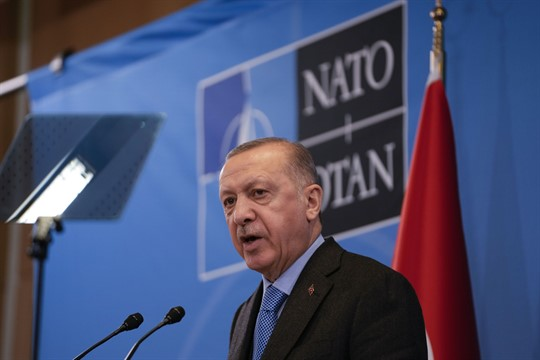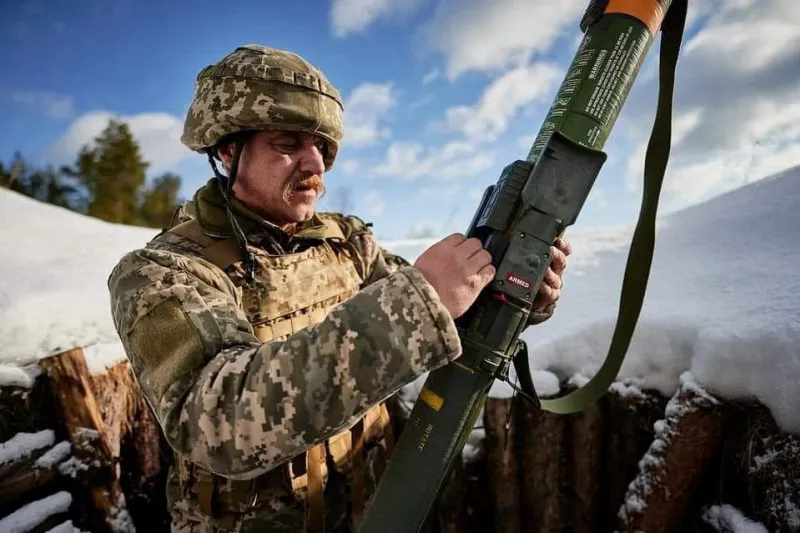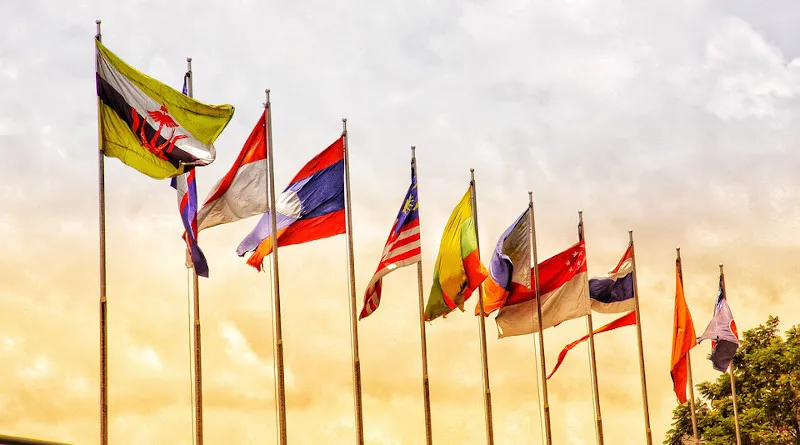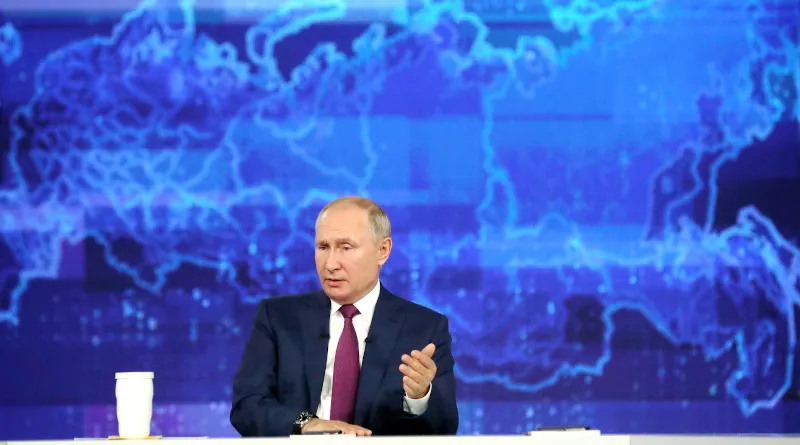Genocide for Profits
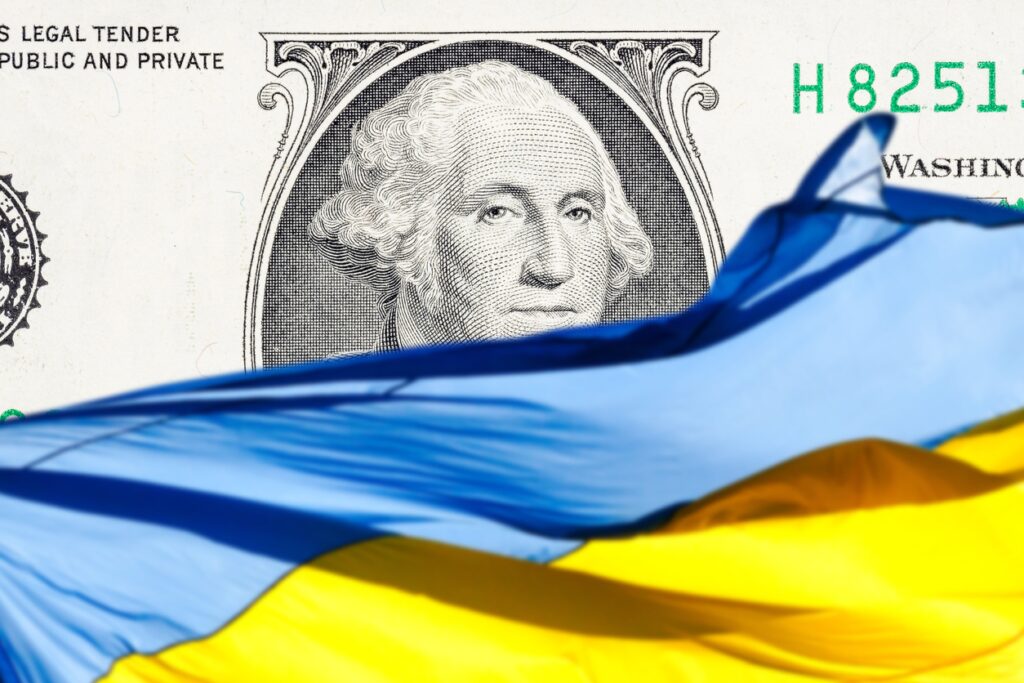
Putin’s genocidal war on Ukraine may have less to do with empire and far more to do with profits.
Enormous profits.
There has been considerable commentary about Putin’s war motives, from a belief that Ukraine is little more than an insurgent province of Mother Russia to a fear that Ukraine is becoming a satellite of Western democracies. But those motives miss the fact that Putin rules by allowing oligarchs to enrich themselves and — by extension — himself. And like any criminal, he is going where the money is and there is much money buried in the ground of Ukraine.

